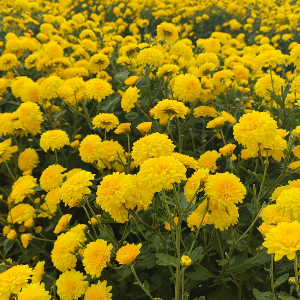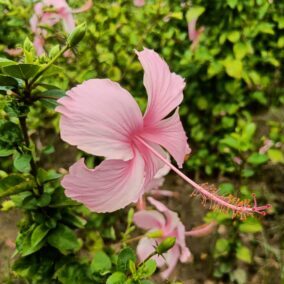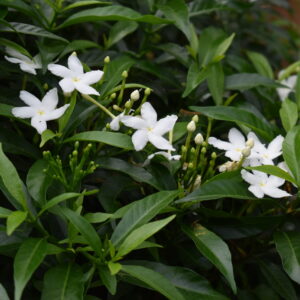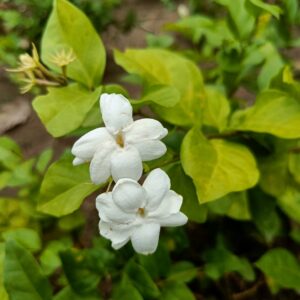The Yellow Seventhi Chrysanthemum, scientifically known as Chrysanthemum morifolium, is a stunning flowering plant renowned for its vibrant yellow blooms and rich cultural significance. Belonging to the Asteraceae family, this perennial herbaceous plant originates from East Asia, particularly China and Japan, where it has been cultivated and revered for centuries.
The Yellow Seventhi Chrysanthemum is characterized by its intricate flower structure, composed of numerous petal-like florets arranged in a dense, rounded form. These radiant yellow blossoms can vary in size and shape, ranging from small, delicate blooms to large, pom-pom-like arrangements, adding a touch of elegance and brightness to any garden or floral display.
In addition to its ornamental value, the Yellow Seventhi Chrysanthemum holds symbolic significance in various cultures. In Asian traditions, particularly in China and Japan, chrysanthemums are revered symbols of longevity, happiness, and joy. They are often featured in art, literature, and celebrations, including the revered Chrysanthemum Festival in China, where the flower is celebrated for its beauty and auspicious qualities.
Cultivating the Yellow Seventhi Chrysanthemum requires attention to its specific needs. This resilient plant thrives in well-drained soil and prefers full sunlight, although it can tolerate partial shade in hotter climates. Regular watering and occasional fertilization promote healthy growth and abundant flowering throughout the growing season. Proper pruning and deadheading help maintain the plant’s shape and encourage continuous blooming.
Beyond its cultural and aesthetic appeal, the Yellow Seventhi Chrysanthemum offers ecological benefits as well. Its nectar-rich flowers attract pollinators such as bees and butterflies, contributing to biodiversity and ecosystem health.
In summary, the Yellow Seventhi Chrysanthemum is more than just a beautiful flower—it is a symbol of cultural heritage, longevity, and natural beauty. With its vibrant yellow blooms, rich symbolism, and ecological contributions, this exquisite plant continues to captivate hearts and minds around the world.






Reviews
There are no reviews yet.